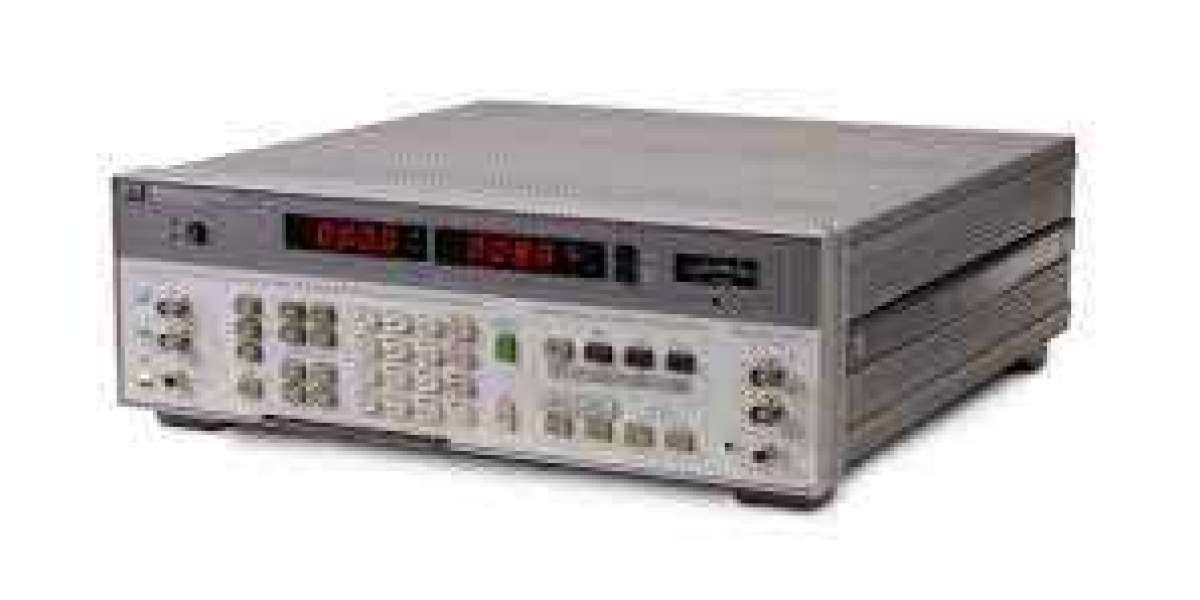We all agree that sounds are daily essentials for everyone. The whistling kettle signaling the morning coffee is ready, or evens the ringing alarm clock. But there are also other sounds producers like audio devices and electronic devices that are not discussed most of the times.
This is especially the case in terms of what makes them sound the way they do? It is easy to wonder how these devices have the potential to reproduce sound, as if you’re listening to the real thing.
Well, audio devices operate effectively because they passed the strict standards of product testing made possible by an audio analyzer. This innovative box of equipment finds various applications in different fields and industries. Read on to find out more!
An audio analyzer is designed to test and measure the audio performance of various digital and electronic devices. They play the crucial role of measuring how well an electronic audio device such as microphone or speaker transmits a signal. It sends a test signal to the test device under test (DUT), and the operator compares the original signal to that submitted by the DUT.
It doesn’t end with that since the audio analyzer then analyzes the device’s performance based on several parameters. Among the most notable ones include gain, total harmonic distortion plus noise, signal-to-noise ratio (SNR), phase, and crosstalk.
Now that you have insights into what an audio analyzer entails, it is time to look into the different types available. Well, there are three types of audio analyzers i.e., analog, digital, and converter-based. The main difference between the analog and digital audio analyzers lies in the hardware hey use.
An analogaudio analyzerleveraged analog hardware and filters to measure performance. Likewise, digital audio analyzers generate and analyze signals using digital signal processing (DSP) algorithms.
Converter-based audio analyzers, on the other hand, produce and assess signals in the digital domain and count on analog-to-digital (ADC) or digital-to-analog converters (DAC) to create analog inputs and outputs.
You can always choose to use an audio analyzer for device testing, product enhancement and quality assurance. Either way, it is ideal that you spend some time looking into the working mechanism of an audio analyzer before leveraging them.
This also means factoring in the pros and cons of the different types available before settling on the ideal one for your needs.








